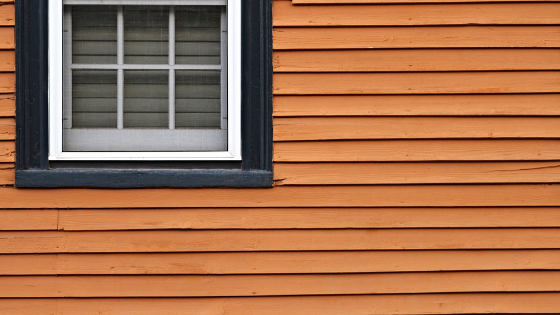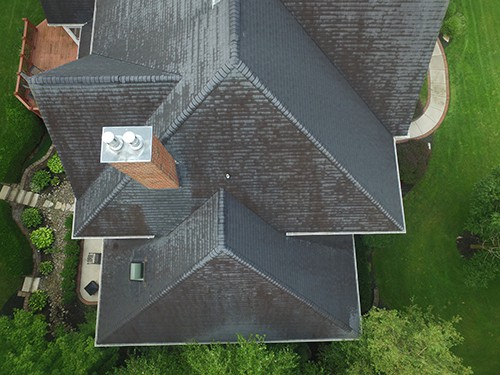Roof algae is usually a black green color and it normally grows on wood and asphalt shingles although it may grow on concrete tiles if they are not exposed to sunlight.
No bacteria growing on roof under windows.
Molds are ubiquitous in the biosphere and mold spores are a common component of household and workplace dust.
The vast majority of molds are not hazardous to humans and reaction to molds can vary between individuals with relatively minor allergic reactions being the most common.
Left to grow moss spreads to window frames and siding where it causes damage to the substrate.
Get your roof washed regularly.
Bacteria are said to be prokaryotic which means they do not posses nucleus on their cells while fungi are eukaryotic organisms which have a well defined nucleus on their cells.
In addition bacteria are a group of unicellular microorganisms which can only be observed under the microscope whereas fungi are mostly complex microorganisms.
Moist areas are particularly prone to bacterial growth such as bathrooms and kitchens.
Other bacterias that also grow on your roof are algae and lichens.
These bacteria often grow because of redundant moisture that remains on the rooftop.
Certain foods can be dehydrated or freeze dried which removes most of the water and can allow for.
Humidity moisture and limited sunlight provide moss with the necessary conditions to flourish.
Mold health issues are potentially harmful effects of molds us usage.
That s because indoor dust is like a desert it s too dry for most bacteria or other things to grow.
Roof algae generally have a black green hue.
The most common type is gloeocapsa magma a type of roof bacteria that feeds on water and expels oxygen.
Water content in food also provides an excellent environment for many types of bacteria to grow.
Once on the roof lichen cannot easily be removed.
This usually happens because of climate change heavy rainfalls or even pollution.
Even if it dries out it can come back to life when rain or moisture appears.
Scrubbing or power washing the lichen will only do more damage.
This study found 12 percent of bacteria in dark rooms were viable compared to 6 8 percent in.
Another organism growing on your roof is moss which is a plant not a fungus or algae.
Roof bacteria can take many different forms.
Given the right conditions moss can grow almost anywhere on a home s exterior including roofs siding masonry and window glass.
Getting your roof professionally cleaned at least once a year will help keep that bacteria under control and get rid of it so that it doesn t become a breeding ground for algae.
Algae grow most often on wood and asphalt shingles or concrete tiles especially if they do not get a lot of sunlight.
No matter how diligent you are there will always be some bacteria that will manage to get on the roof.
You may think you have roof algae when really you have moss mildew or mold.















































